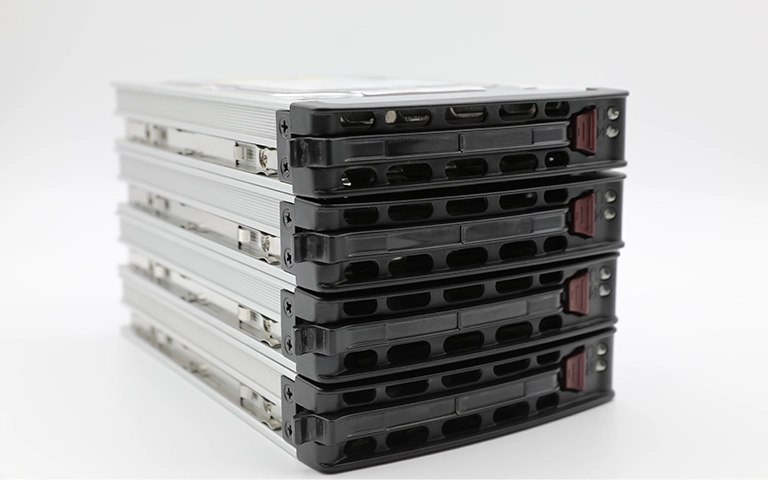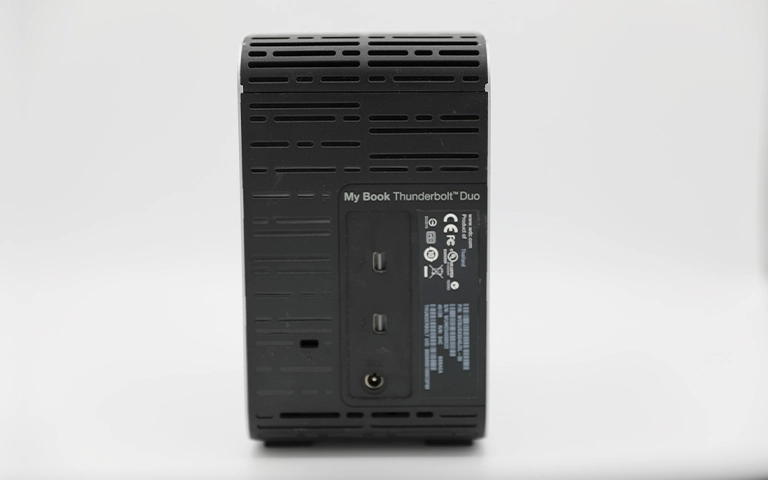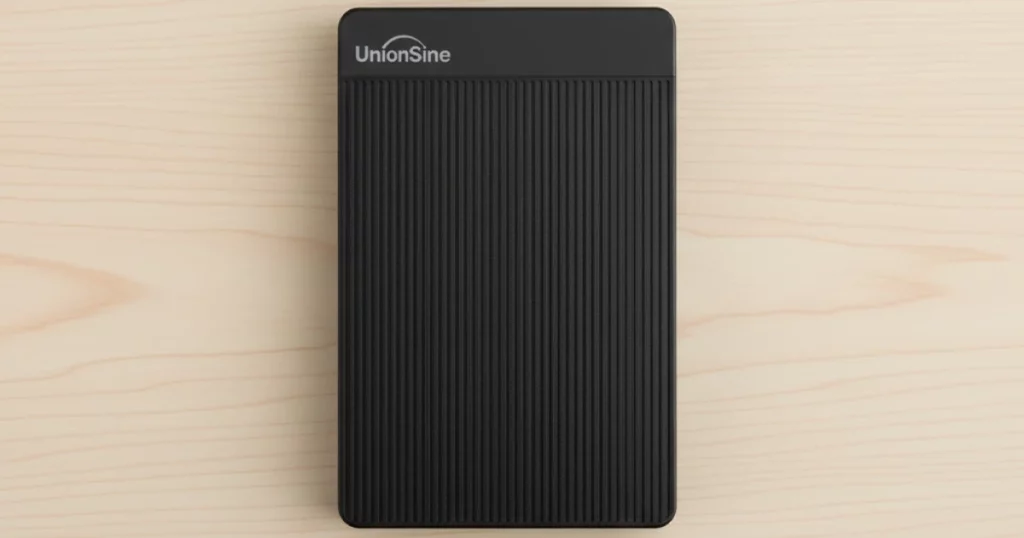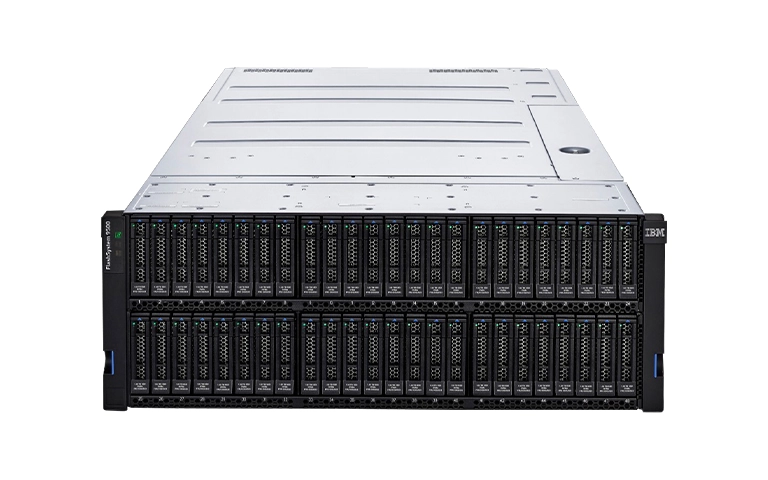Redundant Array of Independent Disks (RAID) technology has long been a dependable solution for businesses and individuals seeking efficient and reliable data storage. Among the available configurations, RAID 5 is a particularly popular setup, offering a strong balance between performance, redundancy, and storage efficiency. This is achieved through striping data across multiple drives with distributed parity, which allows the system to remain operational even if one drive fails.
However, while RAID 5 is designed to handle drive failures gracefully, it is not invincible. When multiple issues arise such as a second disk failure, controller malfunction, or user error during recovery, the RAID 5 volume can become compromised, making data recovery from RAID 5 a highly technical and delicate process.

In this article, we walk you through a real-world case of data recovery from a failed RAID 5 array, outlining the challenges, technical procedures, and expert insights required to restore mission-critical information.
Real Case Study: A Failed RAID 5 Recovery
Our team was contacted by a client who was unable to access important files stored on their RAID 5 disk array. The client’s system initially reported a failed disk. In response, they removed the failed drive and replaced it with a new one, expecting the array to automatically rebuild as RAID 5 is designed to do under normal circumstances.
However, this did not happen. Instead of restoring functionality, the array failed to rebuild correctly, and no data was accessible. Some files were visible but could not be opened, an indication that parity calculations or stripe consistency had been disrupted. The client’s attempt to fix the issue themselves had unintentionally made the situation worse, leading to the need for professional RAID 5 data recovery.

Why RAID 5 Arrays Fail
RAID 5 may offer redundancy, but it has limitations that become evident in real-world failure events. Here are some common causes behind data recovery in RAID 5 scenarios:
- Drive Failure: RAID 5 can tolerate one failed drive, but a second failure before a successful rebuild results in total failure, often requiring RAID drive data recovery to retrieve the lost data.
- Human Error: Actions like initializing or force-rebuilding an array can cause logical corruption.
- RAID Controller Malfunction: Issues with the controller can corrupt the array configuration or misinterpret disk order.
- Power Surges or Physical Damage: These can damage drives and cause unreadable sectors.
- Disk Replacement Mistakes: Swapping out drives incorrectly or rebuilding using wrong parameters can be catastrophic.
In the client’s case, the RAID array’s parity structure had become inconsistent after the disk replacement. The system could no longer interpret the original disk order or stripe pattern, essential metadata for RAID functionality.

DIY Recovery
Risks permanent data loss
Let the Specialists Handle It
DIY attempts often result in permanent data loss. Our certified recovery specialists use advanced tools in controlled environments for the highest success rate.

24/7 Emergency Service
Step-by-Step RAID 5 Data Recovery Process
1. Initial Assessment and Diagnostic Imaging
Upon receiving the RAID 5 drives at our lab, our engineers began by creating sector-level forensic clones of each disk. This step preserves the original data state and prevents further damage. Never attempt recovery directly on the source drives; always work from safe copies.

During diagnostics, we discovered corruption in the RAID metadata and parity blocks. Several sectors on one of the remaining disks were unstable and required specialized tools to extract raw data.
2. RAID Reconstruction and Virtual Assembly
Our engineers then reconstructed a virtual RAID 5 array, a critical step in data recovery from RAID 5 disks. Using RAID recovery software and manual configuration, we determined:
- Correct disk sequence
- Stripe size
- Parity rotation pattern
- Offset and synchronization parameters
This virtual rebuild mimics how the original RAID controller would have interpreted the data without actually altering the disks.
3. File System Repair and Data Extraction
After assembling the array virtually, we accessed the logical volume. Although the file system was partially corrupted, our team was able to restore structure integrity and retrieve the file index. We proceeded with data recovery from RAID 5 array using controlled extraction tools and recovered over 98% of the client’s data.

Recovered files included business records, financial documents, and database tables essential to the client’s operations.
4. Validation and Delivery
Once recovery was complete, all extracted files were validated using hash checksums to confirm their integrity. Data was then transferred to a new storage medium, and a detailed recovery report was shared with the client.
Key Lessons: How to Handle RAID 5 Failures
Handling a failed RAID 5 setup correctly can mean the difference between complete recovery and permanent loss. Here are critical lessons based on years of data recovery RAID 5 experience:
Don’t Attempt DIY Recovery
Users often assume they can fix RAID issues themselves. This usually makes recovery harder and reduces success rates.
Power Down and Isolate
At the first sign of failure such as unusual noises or missing files, power down the RAID system. Continued operation can cause additional corruption or disk damage.
Never Reinitialize
Avoid formatting or reinitializing your RAID array. These operations can permanently erase parity and stripe information.
Contact Data Recovery Experts
Experienced engineers use specialized tools and non-destructive techniques to recover your data safely and effectively.
Get a Free Consultation.
Our recovery experts are ready to assess your device and guide you through the safest path to recovery. Fill out the form to get started.
"*" indicates required fields
When to Seek RAID 5 Data Recovery Services
You should contact a professional if:
- The RAID array won’t rebuild after a drive swap
- Multiple drives have failed
- Files are visible but inaccessible
- RAID controller or NAS shows “offline” or “degraded” status
Early action is key. The sooner you consult professionals, the higher the chance of a full recovery.
Conclusion: Protect Your RAID, Protect Your Data
RAID 5 remains a strong choice for data storage, but it’s not bulletproof. Failures can occur from hardware issues, controller problems, or human error. When they do, expert data recovery from failed RAID 5 systems is often your best chance at regaining access to critical files.
Professional RAID 5 data recovery involves cloning, virtual reconstruction, parity analysis, and file system repair—all performed in a controlled, secure environment.
Your Data Security Is Our Priority
Data privacy isn’t optional. It’s our commitment. Our secure recovery process ensures your sensitive information stays protected from start to finish.
HIPAA Compliant
GDPR Compliant
Secure Facility
NDA Available
Trust in certified security. Start your recovery today! Call Now: 888.611.0737
Need Help? Contact Us for RAID 5 Data Recovery
If you’re dealing with a failed RAID 5 system or RAID disk issues, don’t wait. Contact our team today for expert hard drive recovery and full-service data recovery RAID 5 support.
Don't Let Data Loss Ruin Your Business
Minimize business disruption. We retrieve lost data fast, so you can focus on what matters.



